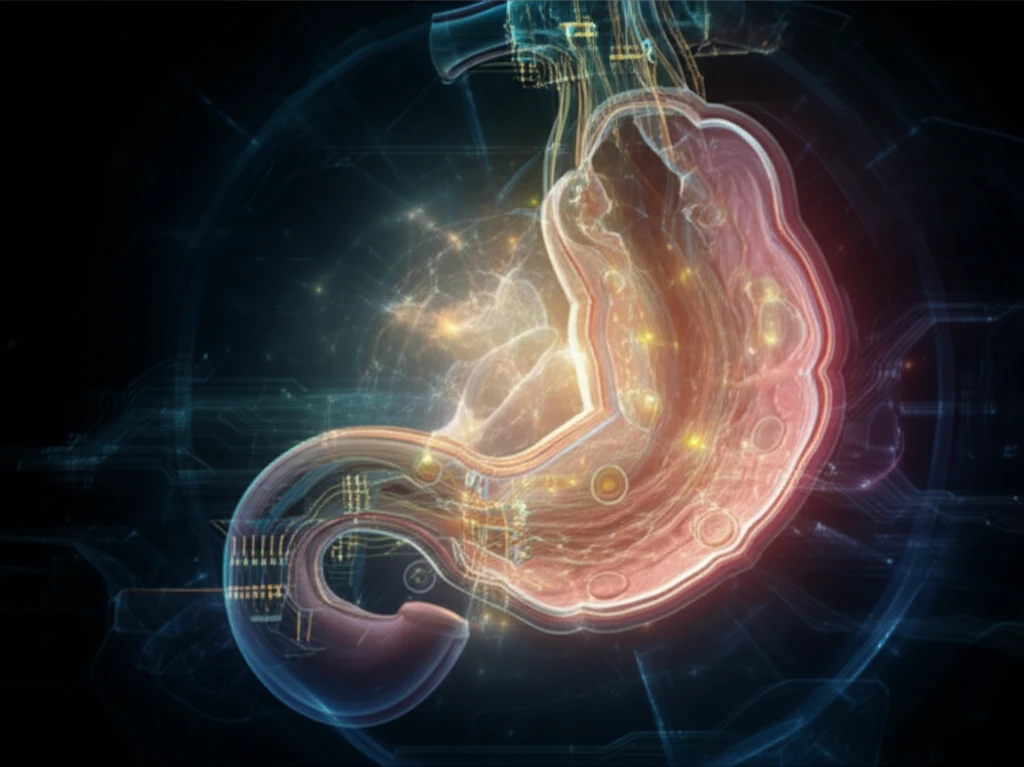
Decoding Oesophageal Cancer: Can AI-Powered Imaging Predict Your Outcome?
"A new study explores how radiomics, using AI to analyze PET scans, could revolutionize oesophageal cancer treatment by improving risk prediction and personalizing patient care."
Oesophageal cancer, a formidable adversary with a survival rate of approximately 15% over five years, demands innovative approaches to improve patient outcomes. Current treatment strategies rely heavily on radiological staging to determine the prognosis and guide management plans. However, the limited progress in survival rates over recent decades underscores the need for enhanced methods that can more accurately predict how individual patients will respond to treatment.
The integration of artificial intelligence (AI) into medical imaging, known as radiomics, offers a promising avenue for advancing cancer care. Radiomics involves the automated extraction of quantitative features from radiological images, such as PET scans, to create detailed profiles of tumors. These profiles can potentially reveal hidden patterns and predict treatment responses that are not discernible through traditional visual assessment. By leveraging AI to analyze vast amounts of imaging data, researchers aim to develop more precise prognostic models that can personalize treatment strategies and improve patient outcomes.
A recent study has explored the potential of radiomics in oesophageal cancer by attempting to validate a previously developed prognostic model that incorporates quantitative PET image features. While the initial model did not demonstrate significant predictive power in the external validation cohort, the study shed light on the challenges of translating AI-driven models across different medical centers and imaging protocols. This exploration highlights the ongoing efforts to refine and standardize radiomic approaches, paving the way for more effective and personalized cancer treatments.
What is Radiomics and How Can It Help Oesophageal Cancer Patients?

Radiomics is a cutting-edge field that combines the power of artificial intelligence with medical imaging to extract a wealth of information from radiological scans. By using sophisticated algorithms, radiomics can identify and quantify a variety of features within tumors, including their size, shape, texture, and metabolic activity. These features, often invisible to the naked eye, can provide valuable insights into the tumor's characteristics and behavior.
- Improve Risk Stratification: Better predict which patients are at higher risk of recurrence or treatment failure.
- Personalize Treatment Decisions: Tailor treatment plans based on individual tumor characteristics.
- Enhance Staging Accuracy: Provide more precise information about the extent and spread of the cancer.
- Monitor Treatment Response: Track changes in the tumor over time to assess how well the treatment is working.
The Future of Radiomics in Cancer Care
While challenges remain in standardizing radiomic approaches and ensuring their generalizability across different medical centers, the potential benefits of AI-driven imaging in cancer care are undeniable. As technology advances and data collection becomes more streamlined, radiomics is poised to play an increasingly important role in personalizing treatment strategies and improving outcomes for patients with oesophageal cancer and other malignancies. By continuing to refine and validate these innovative techniques, we can move closer to a future where cancer treatment is tailored to the individual, maximizing the chances of success and minimizing the burden of this devastating disease.
